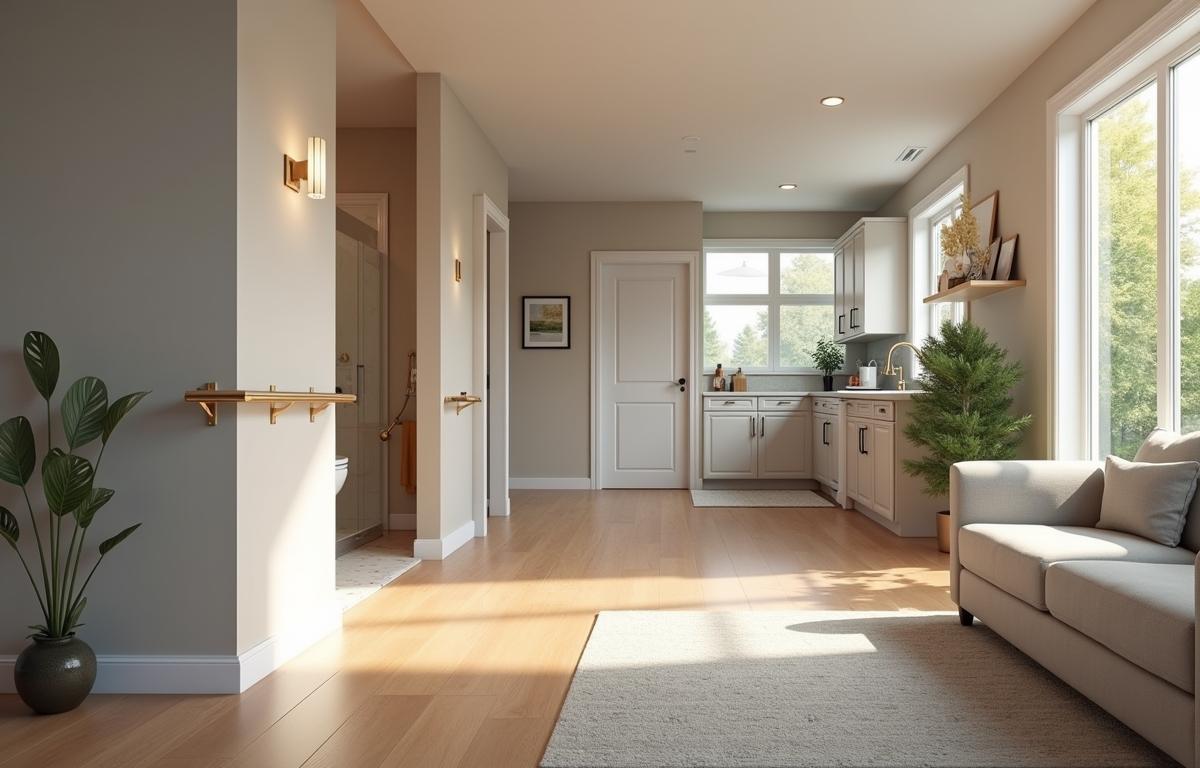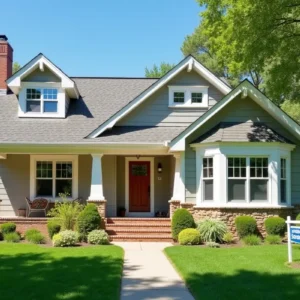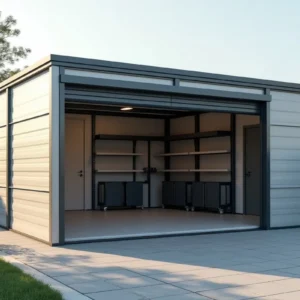To help older adults stay active, consider making home modifications that are senior-friendly. Simple modifications can support mobility, reduce the chance of falls, and encourage a safe living environment without compromising style.
By focusing on accessible design and senior accessibility, you can tailor living spaces to your loved one’s needs. Even small tweaks, like installing visual aids or opting for non-slip flooring, can make an enormous difference in day-to-day life.
Contents
Making Living Spaces Safer
Creating a sense of security is essential for anyone wanting to remain at home. For older individuals who are aging in place, well-planned adjustments can lower the odds of accidents and reassure family members that they are living comfortably.
Take the time to do regular home safety assessments to spot hazards that might go unnoticed. Seniors often value their independence, so modest improvements like rearranging furniture or adding handrails can help them navigate with confidence.
Flooring and Lighting Upgrades
Old carpets or rugs can pose serious tripping risks. Installing non-slip flooring is a wise investment that blends practicality with style, helping prevent falls at all hours of the day. Look for floors that are also easy to clean to keep the space low maintenance.
Meanwhile, lighting upgrades can brighten hallways, kitchens, and living areas. Consider layering overhead lights, lamps, and motion-sensor fixtures for improved visibility. Simple changes like swapping out standard bulbs for brighter LEDs or adding nightlights can create a more secure environment, especially for those with reducing eyesight.
Enhancing the Bathroom
Few rooms demand as many careful adjustments as the bathroom. Minor bathroom modifications can go a long way toward promoting a safer, more adaptable space. If you’re undertaking elderly home modifications, concentrate on strategic upgrades that ease stress on joints and reduce slipping hazards.
Grab bars installation is a top priority. Placing them near the toilet and inside the shower can allow older adults to steady themselves without needing a partner’s support. Many people also find level entry showers much safer, as stepping over a high tub edge becomes more challenging with age.
Simple Kitchen Safety Tips
In the kitchen, thoughtful design can eliminate daily struggles. Upgrading to easy-grip cabinet pulls or D-shaped handles often makes a world of difference for those with arthritis. Kitchen safety features, like auto-shutoff stoves or ovens, can also prevent accidents and offer peace of mind.
Adjust the layout to keep most frequently used items within reach. Clutter-free countertops foster safe movement, and slip-resistant mats in front of the sink or stove can reduce fall risks. By practicing accessible home design, it’s easier to maintain independence while cooking or baking without extra stress.
Exploring Mobility and Assistive Solutions
The right mobility aids can be transformative for seniors. Installing ramps or ensuring handicap accessibility at entryways is one way to keep daily errands manageable. When you’re looking at senior mobility solutions, think about a stairlift installation for multi-level homes, or even a simple handrail extension on staircases if the budget is tight.
Devices like canes and walkers also help individuals maintain balance while moving around their living space. For less obvious changes, consider home renovation for seniors geared toward barrier-free living. Widening doorways or smoothing out thresholds can streamline every step they take, whether they use a wheelchair or simply want to limit tripping obstacles.
Practical Home Automation Tools
Modern technology offers a wealth of features that support aging in place. Whether it’s home automation for elderly residents, assistive technologies for seniors, or emergency response systems, digital solutions can simplify living. Automatic lighting, door sensors, and voice-activated devices allow individuals to control various aspects of their home without straining themselves.
Assistive technology can also include reminder apps that prompt users to take their medication. Video doorbells with two-way audio give added security, allowing seniors to see who’s knocking before opening the door. Between these high-tech additions and traditional mobility aids, there is a wide range of ways to build a truly senior living adjustment plan.
Outdoor Improvements for Senior Accessibility
A front porch or backyard can become a social hub with the right design elements. Outdoor accessibility is crucial for aging homeowners who want to enjoy fresh air and stay active in the comfort of their property. Consider small additions like sturdy railings along exterior stairs or ramps that ensure a level transition from inside to outside.
Garden pathways should be clear and even. Installing non-slip flooring materials on patios or walkways can reduce slips during damp weather. It’s also worth investing in good outdoor lighting for nighttime security, so seniors feel safe venturing outside in the evening.
Other Key Elements to Consider
When planning more extensive changes, consult a certified aging in place specialist if possible. They can provide valuable insight into universal design principles that serve people of every age and ability. Such experts often work with adaptable homes, ensuring your loved one can remain at home for years to come.
Community resources can also guide you on selecting elderly care facilities or senior housing options if staying at home no longer fits certain needs. In these situations, retirement home design and age-friendly housing are part of the broader picture. Before that step, explore home support services for tasks like housekeeping, yard maintenance, or errands. These small aids help maintain autonomy while easing the demands of daily living.
Low maintenance living strategies are another consideration—especially when simplifying chores. By choosing materials and layouts that don’t require frequent upkeep, you’ll add more leisure time to focus on well-being. Smaller yard spaces, easy-to-clean surfaces, and minimalistic landscaping all play a part in creating a manageable environment.
Many homeowners discover that safe modifications not only benefit seniors but also elevate the home’s overall comfort. A well-planned space can decrease stress for caregivers and promote lasting independence for older relatives. Whether you’re using fall prevention home features or simply rearranging furniture, every proactive measure supports a calm and confident atmosphere.
If you decide it’s time for advanced updates, such as major bathroom overhauls or structural remodeling, it might be wise to get an expert opinion. Professionals familiar with age-friendly housing can incorporate universal design concepts from the ground up. That could include features like wider hallways for wheelchairs, lever-style door handles, or thoughtful layouts that allow a wheelchair user to turn around with ease.
Incorporating these ideas helps meld style and function. There’s no absolute blueprint for creating a perfect home environment for seniors, as individual needs vary. But by combining practical solutions like mobility aids, home automation, and barrier-free living, you’ll find a blend of safety and comfort that suits everyone under your roof.





